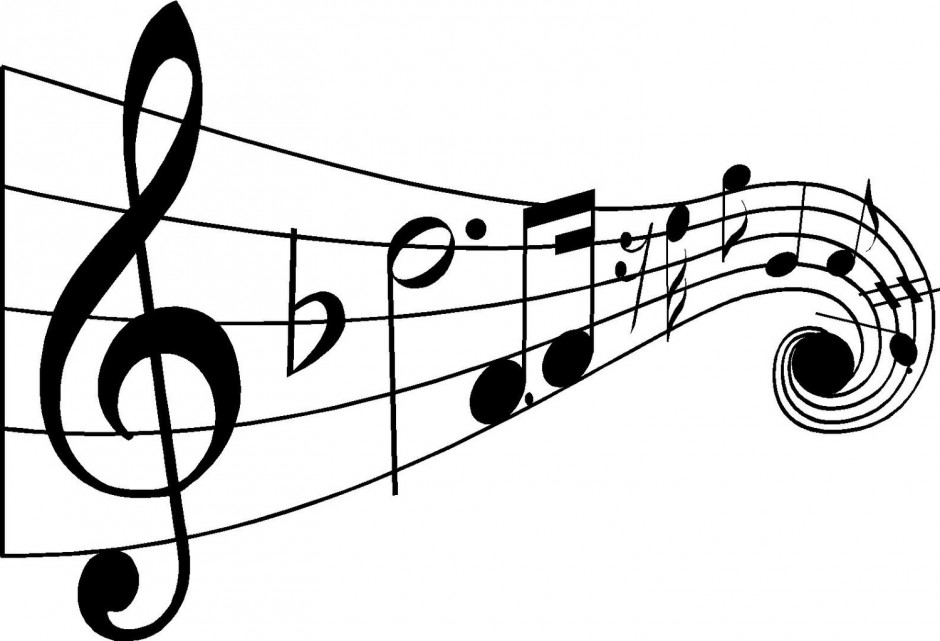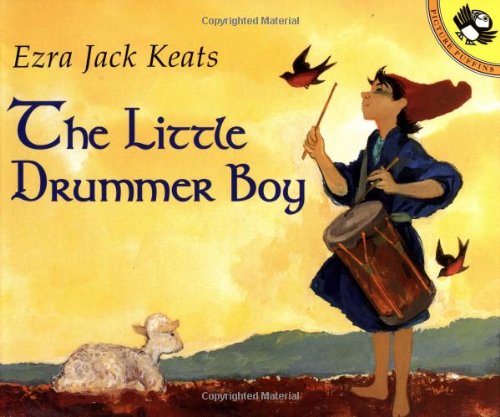Classical Conversations Cycle 3 Week 13
/I have not added much about our homeschooling journey on this blog before so I will try to add some small pieces about what Classical Conversations is, and why we love the way we are learning in each post. CC is divided up into three programs, Foundations, which is elementary school, Essentials, which is added in upper elementary school, and the Challenge programs, which are the middle and high school programs. Our children are in the Foundations program so that is most of what you will hear about on this blog. I am personally trying to learn ahead of them as much as possible so I will be ready to teach them when we get to Essentials and Challenge.
The Foundations program is the grammar stage of learning in a Classical curriculum. The grammar stage contains a lot of memory work. At this age the kids brains are ready to soak up and retain a lot of information. We want them to have a good foundation of memorized knowledge to build on.
Math
Our family always has a lot of fun in week 13 when we get to memorize liquid equivalents! We clean off the counter and cover it with a towel, get out the measuring cups and canning jars and pour water. This entertained my three year old for hours (which helped me get work done with the girls). My daughters were ready to use measuring to create something bigger so we made applesauce from scratch following this recipe http://thepioneerwoman.com/cooking/2013/10/homemade-applesauce/. My oldest then used it as a writing activity and rewrote and illustrated the recipe on her own.




Science
We memorized what the atomic number means this week for science. I admittedly didn't pay attention in chemistry growing up so please pardon any incorrect way to teach chemistry that might show up in the next few weeks. I'd love to learn more!
As we said the memory work we enjoyed adding protons and electrons to our atoms. My oldest then read the science card and outlined a little bit of it.

Since the science project we did at school was a little hard to see (my class did a few extra to help see the point better) we did some extra projects at home this week. You can see them here:
My oldest must have gotten the point because when she went to double her muffin recipe this morning and she needed 1/2 cup of milk twice I said, "A half plus a half equals a whole," and she replied, "Not always!"
We had some fun with geography review by piecing together and coloring a large map of the United States. I found the pack at Target at the end of last Summer.

We just listened, reviewed, and discussed History, Latin, English, and Timeline













